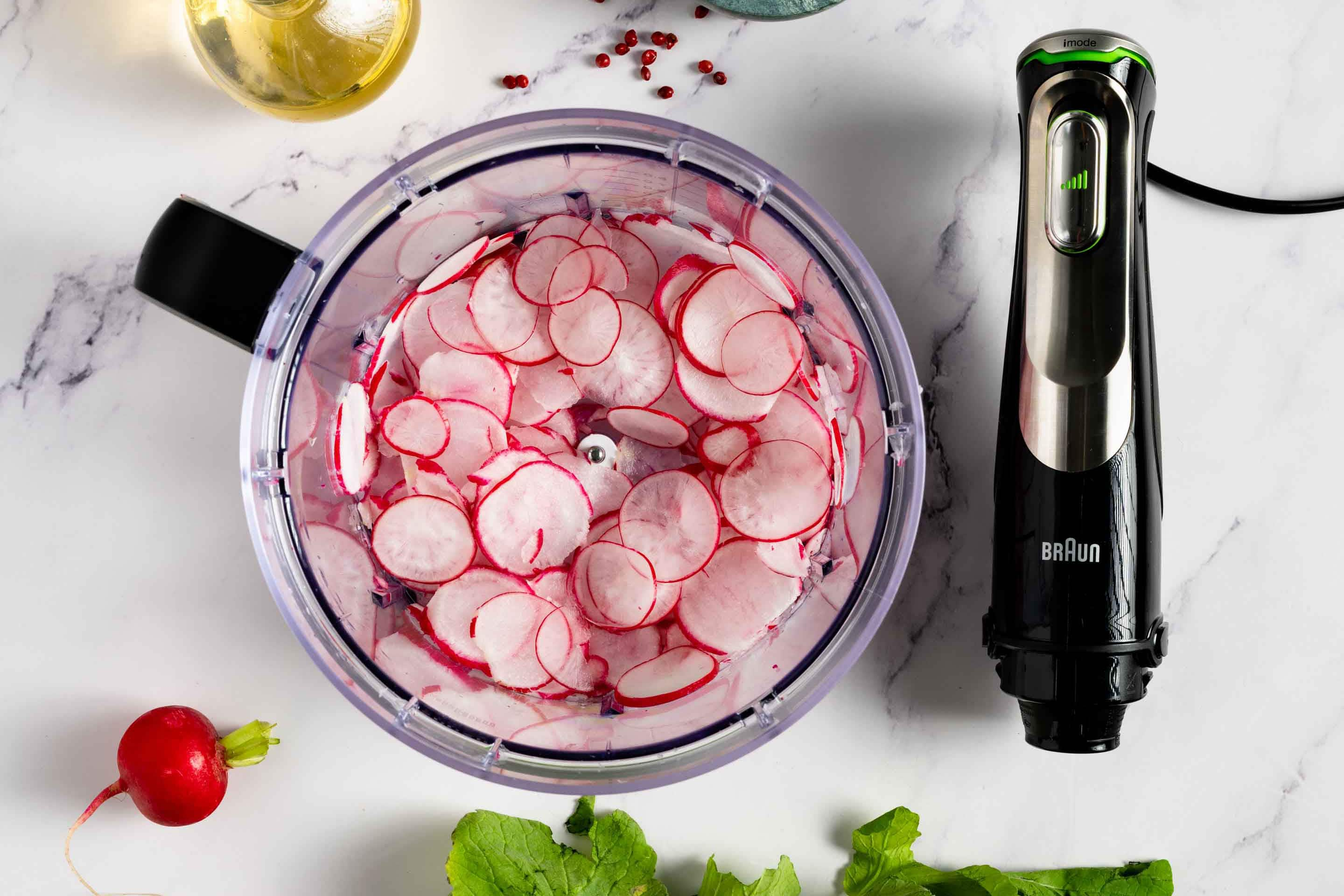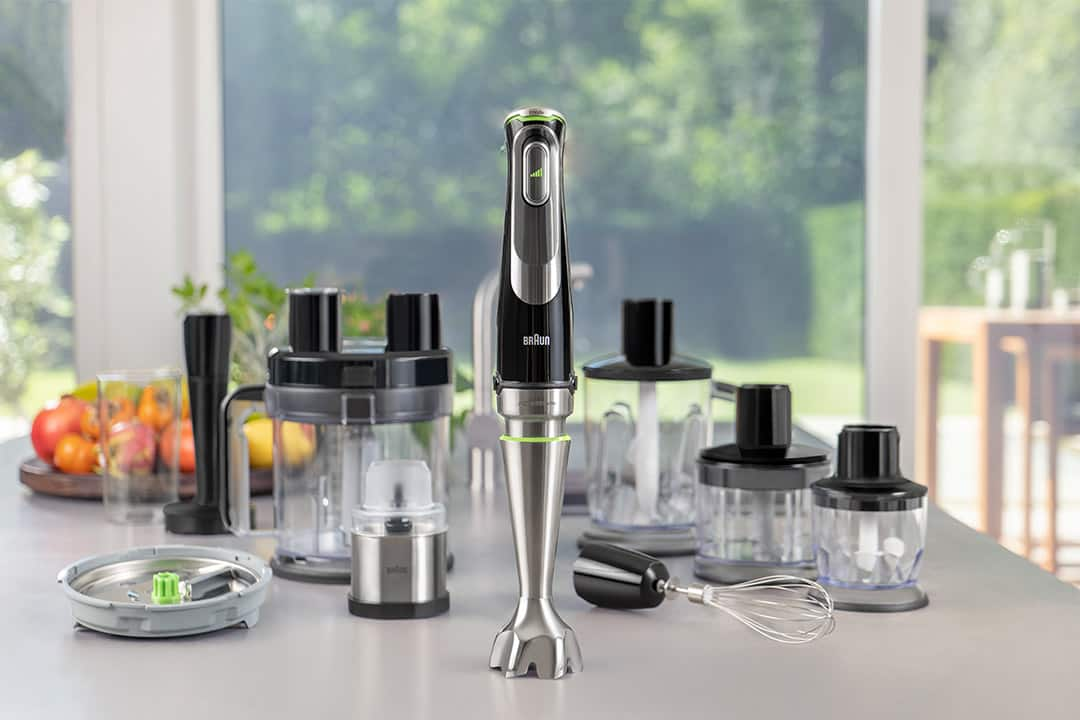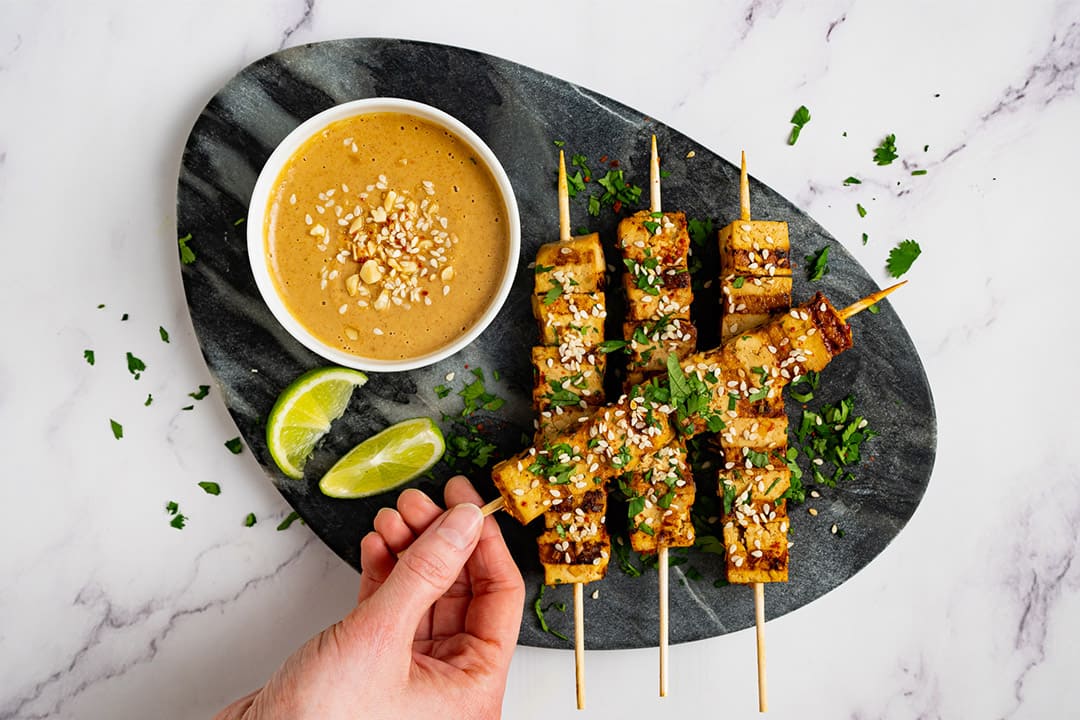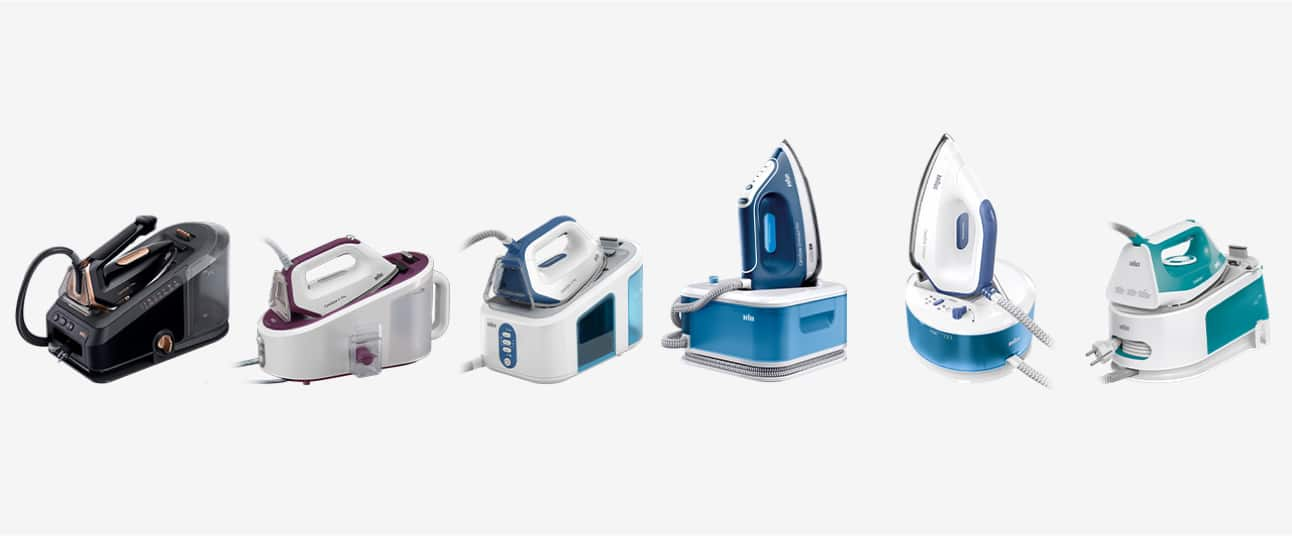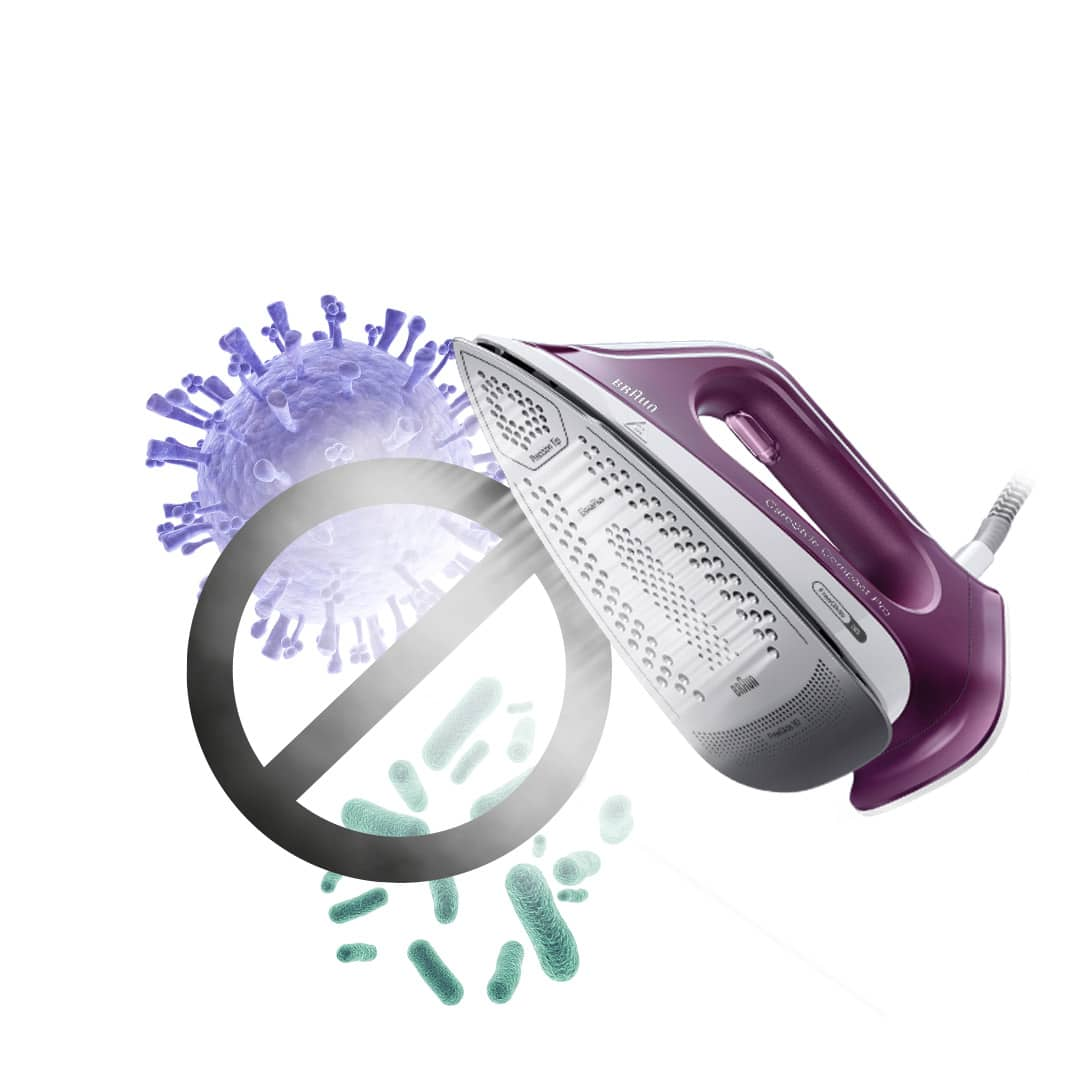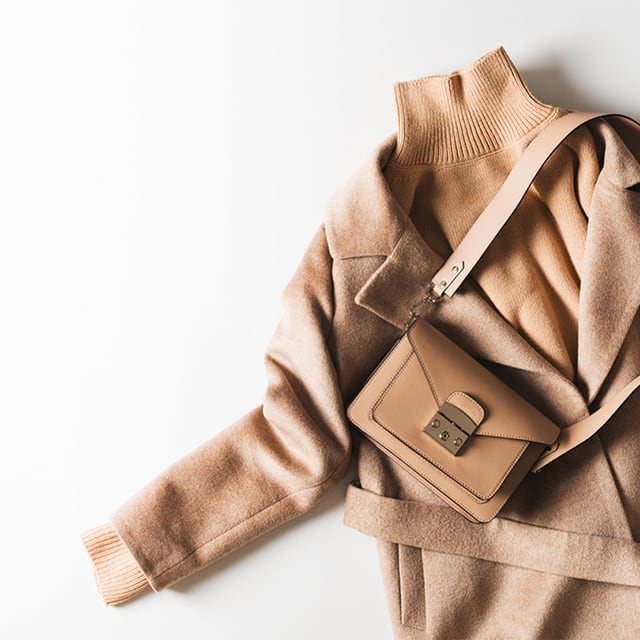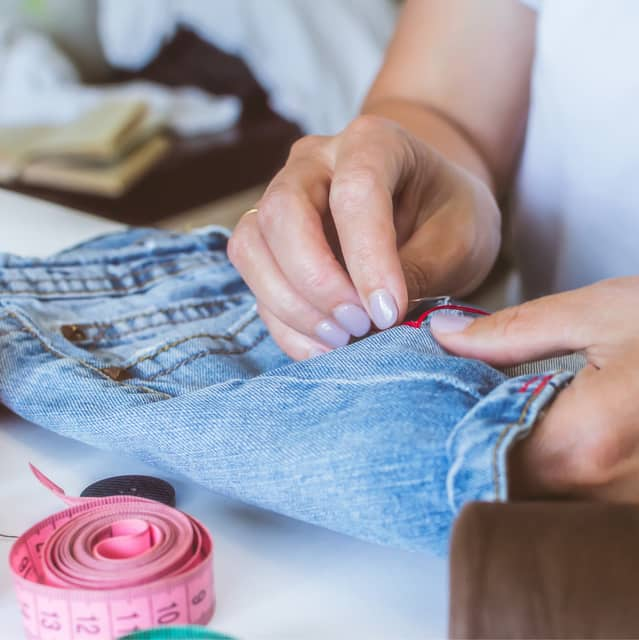Incorrect iron handling
Maintaining the right temperature is crucial when caring for your fabrics. Braun Household irons* offer various intelligent functions to help you take care of your clothes. For example the smart iCare Technology to protect your clothes with a safe temperature for all types of fabrics - for smart textile protection. With the Eco-Mode, you can save up to 30% energy compared to normal mode for thin and light fabrics such as synthetics, silk or wool. For heavy fabrics such as jeans, thick cotton or linen, try the Turbo-Mode, which offers maximum steam output and increased temperature. You can find all the tips for correct ironing here. *Available for CareStyle 7 (Pro), 5 (Pro), 3 (Pro), CareStyle Compact and Compact Pro, TexStyle 9 and FreeStyle 5 (SI5188BK, SI5088BK).







